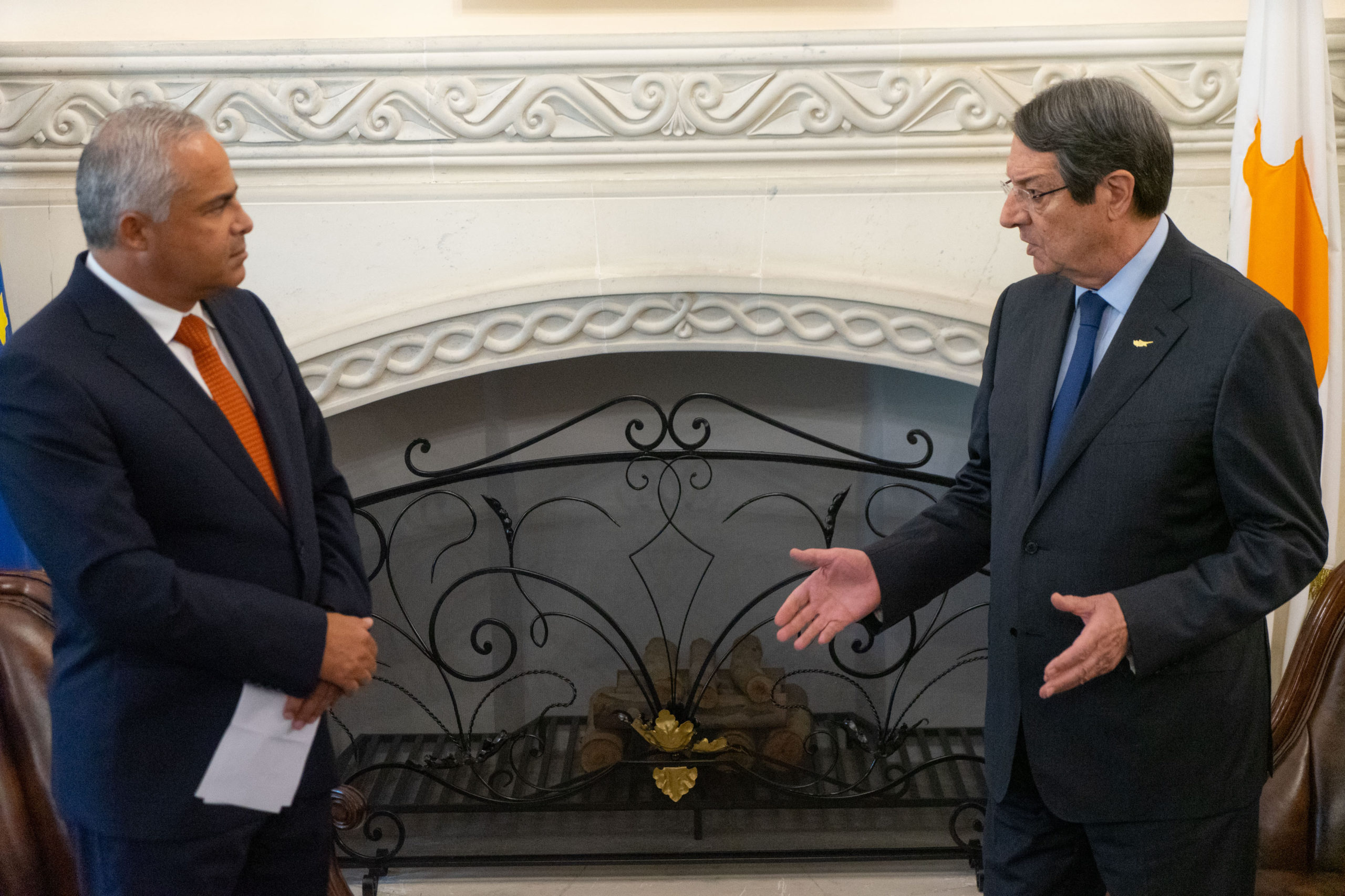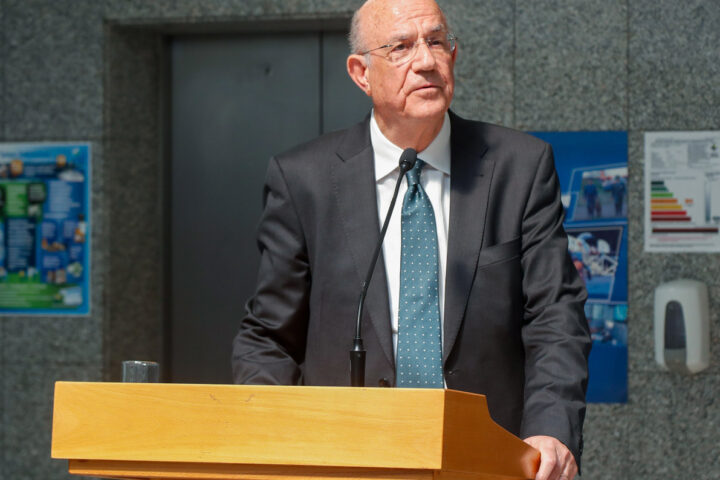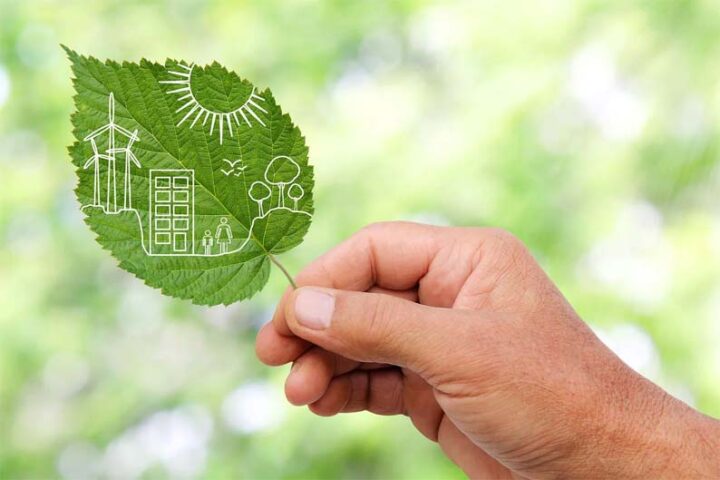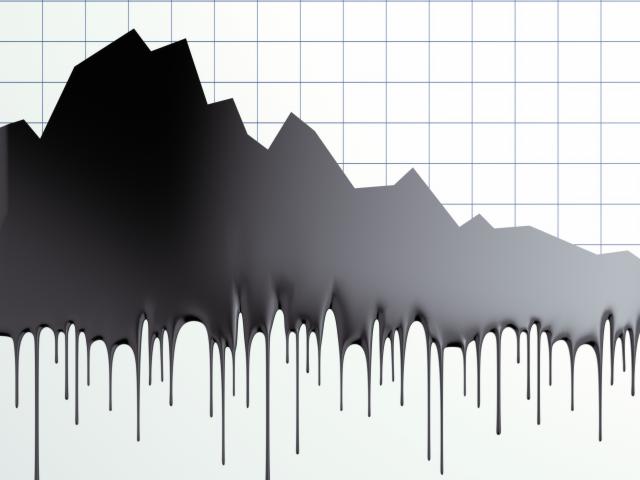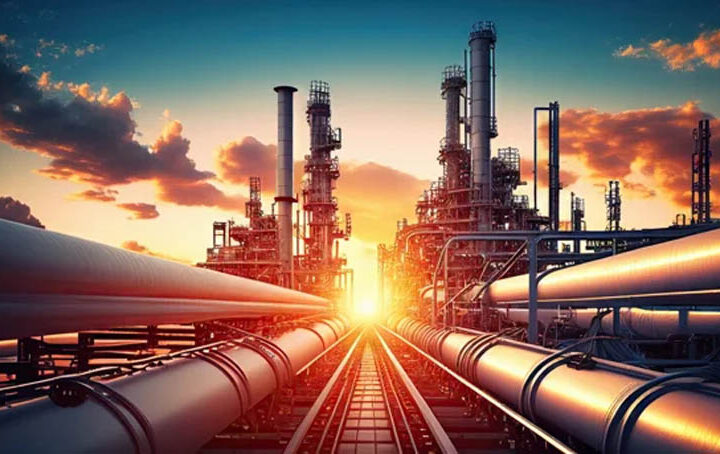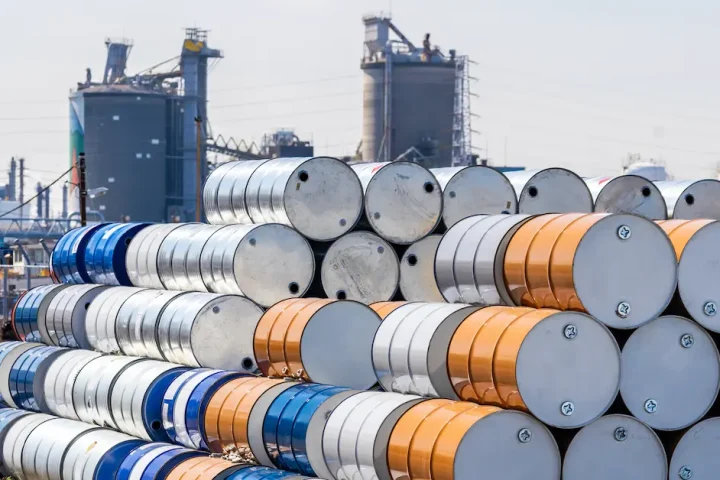Next year will see several changes in the Cyprus electricity sector, with the energy regulator saying that two interconnector cables ready by 2023 will transform the island into a regional hub.
Presenting the Cyprus Energy Regulatory Authority’s annual report to President Nicos Anastasiades, CERA chairman Andreas Poullikkas said that electricity costs have been significantly reduced in recent years.
A trend that will continue with further deregulation of the market and commissioning of two 1,000MW electricity cables that will end the energy isolation of Cyprus.
“Network usage fees have dropped by 20% since 2016, the base wholesale price has been reduced by 3%, and the average base rate for household consumption has dropped by 5.2%,” Poullikkas said.
The regulator added that due to the impact from the Covid-19 pandemic, it was decided that the Electricity Authority of Cyprus would lower its tariff by 10% for two months during the lockdown period with the regulator and the EAC agreeing to extend this lower-tariff period by a further four months.
On the electricity market, Poullikkas said: “We expect healthy competition in this sector by the end of 2021, with delays in installing relevant software to be resolved by the distribution system operator by the end of the year and the Cyprus Transmission System Operator (TSO) by the end of next year.
Both systems are imperative for the proper operation and monitoring of the [liberalised] electricity market.”
About the better transmission of electricity, Poullikkas said that CERA “is monitoring very closely the two electricity interconnectors – the EuroAsia Interconnector and the EuroAfrica Interconnector.
“These two interconnectors will lift the energy isolation of Cyprus and will transform Cyprus into an energy hub to and from Europe, and connect to Israel and Egypt,” Poullikkas said.
President Anastasiades agreed.
“The EuroAsia and EuroAfrica interconnectors are truly am important development as regards lifting the energy isolation of Cyprus, but also in reducing the cost of electricity in Cyprus.”
The €2.5 bln EuroAsia Interconnector, that recently signed a deal with global construction giant Siemens to build high-voltage direct current (HVDC) converter stations, recently secured all permits from the Cyprus authorities.
It will connect Israel to Cyprus and then on to Crete in Greece through a 1,000MW subsea interconnector cable.
The EuroAsia Interconnector, an EU project of common interest (PCI) that is eligible for funding from the ‘Connecting Europe Facility’, has been ranked as an “outstanding” European green project by advisory EY in its report, ‘A Green Covid-19 Recovery and Resilience Plan for Europe’, because of its ability to transmit electrical energy produced from renewable sources, solar parks and wind farms.
EuroAfrica Interconnector, a parallel project connecting Egypt to Cyprus via a 498 subsea cable, recently secured the final building permit for its converter station in Cyprus, the last licensing requirement before starting construction in time for the project’s completion in December 2023.
Meanwhile, daily Phileleftheros reported that Cyprus will need additional electricity capacity of 450MW by 2024 to accommodate an output shortfall because of the retirement of the six steam turbines at Dhekelia power station.

